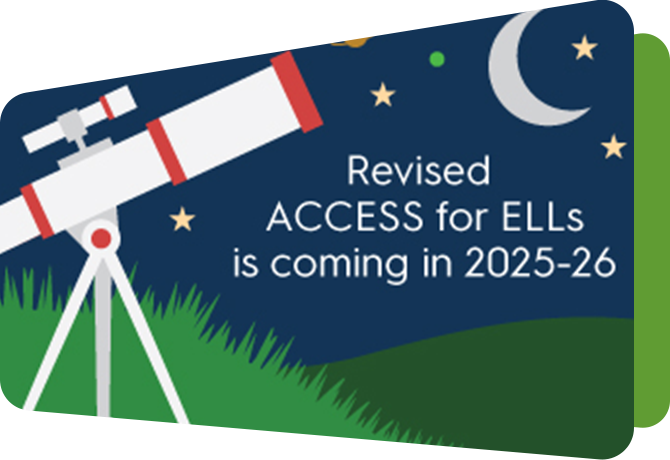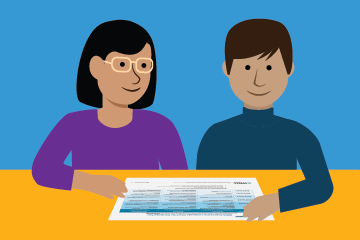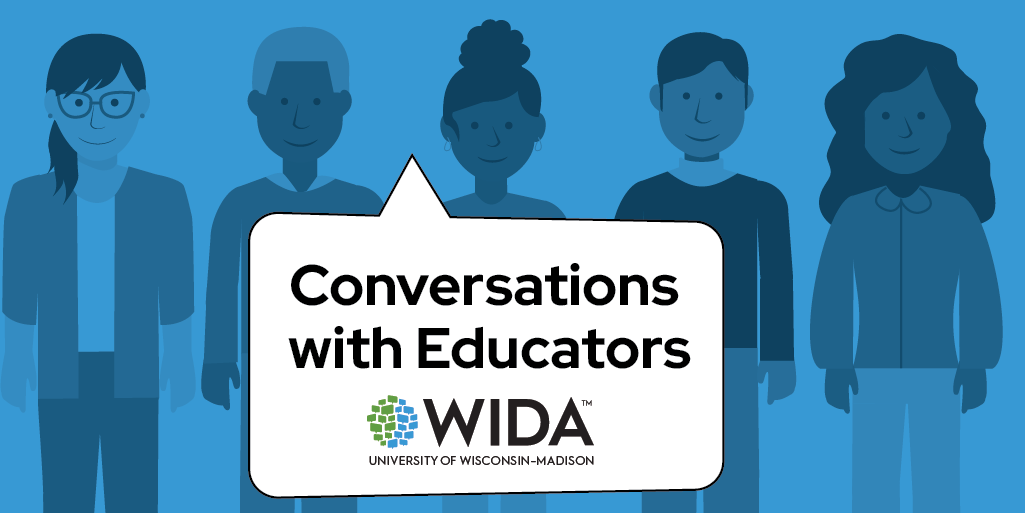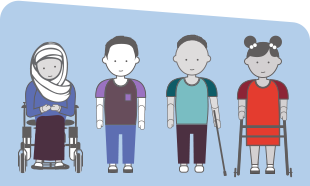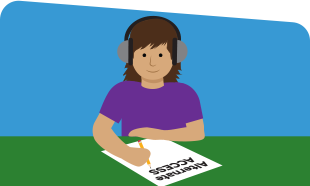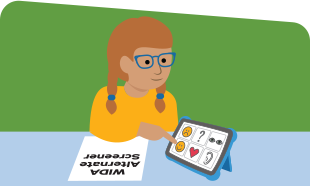Supporting Multilingual Learners With Disabilities
Celebrating languages, embracing abilities
Explore resources and approaches designed to help educators create learning that is inclusive, strength-based, and rooted in collaboration — so every learner can thrive.
Multilingual learners with disabilities are students who are developing more than one language and have an identified disability. This group includes students with a wide range of needs, from learning differences to sensory, physical or developmental disabilities. Some students may have Individualized Education Programs (IEPs) or 504 plans, while others may not require either. Their strengths, perspectives and goals vary, and recognizing these assets is key to creating meaningful learning opportunities.
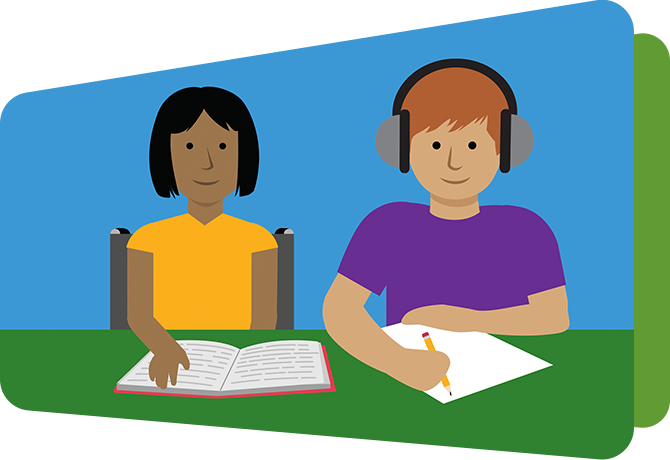
Asset-Based Mindset
At WIDA, we believe that all students bring unique assets to their learning environments that enrich fellow learners and educators alike. When educators embrace asset-based mindsets about all students, they uplift student identities and validate their unique contributions.
The following video demonstrates various ways in which students’ assets can be centered.
Implementing Integrated Support
Multilingual learners who have been identified with a disability require services that address their language development and disability needs. While the way schools and districts address their responsibilities may vary, all must provide full and meaningful access to both language services and special education services.
More information about the foundation of these obligations can be found in the flyer Federal Legislation and Regulations for Multilingual Learners With Identified Disabilities.
Working Together to Support Multilingual Learners With Disabilities
Collaborating can provide a more complete picture of the children and adolescents we support. The Individual with Disabilities Education Act (IDEA) requires a minimum number of team members during the development and implementation of the Individualized Education Program (IEP). The Student Support Team handout gives more information on the responsibilities of the required team members as outlined in IDEA.
English language specialists play a vital role on IEP teams and should be included due to their specialized perspective. The Information Collection Tool provides examples of information to collect about multilingual learners with disabilities to inform ways to build an inclusive learning environment.
Partnering with families and caregivers is essential when collaborating for multilingual learners with disabilities. This Parent-Teacher Collaboration handout provides examples of how parent voice can impact school-based decisions.
In the following video, Desi Peña, a bilingual speech-pathologist, shares collaborative practices that create positive outcomes for multilingual learners with disabilities.
Instructional Planning:
Addressing Both Language and Disability
Carefully planning for both explicit language development and the use of scaffolding as an ongoing, responsive process can make lessons more accessible and challenging, supporting students in becoming increasingly independent and proficient. The Language and Disability Framework is a reflective tool that educators can use to guide instructional choices around students’ unique needs.
Planning for language development alongside accessibility can be approached in many ways. Explore the following videos to learn how educators build inclusive learning environments with this goal in mind.
In this video, Rana Kahn, a middle school special education teacher, shares her approach to instructional planning and provides examples of tools and strategies she uses to make learning accessible and meaningful in her eighth-grade ELA class.
In the following video, Rana reflects on her Personal Narratives unit and how she used specific tools and strategies to address the language and disability needs of a student in her class.
Collaborating during the instructional planning process ensures a more holistic approach when anticipating student needs. In this video, two teachers collaborate to explicitly plan for student engagement in a lesson.
Universal Design for Learning
To support planning for accessibility alongside language development in units and lessons, educators can use the Reflection Tool: UDL and Language Considerations for Instructional Planning.
The UDL Example Ideas Chart can guide educators' selection of accessible supports. It highlights specific considerations that would be most supportive of multilingual learners.
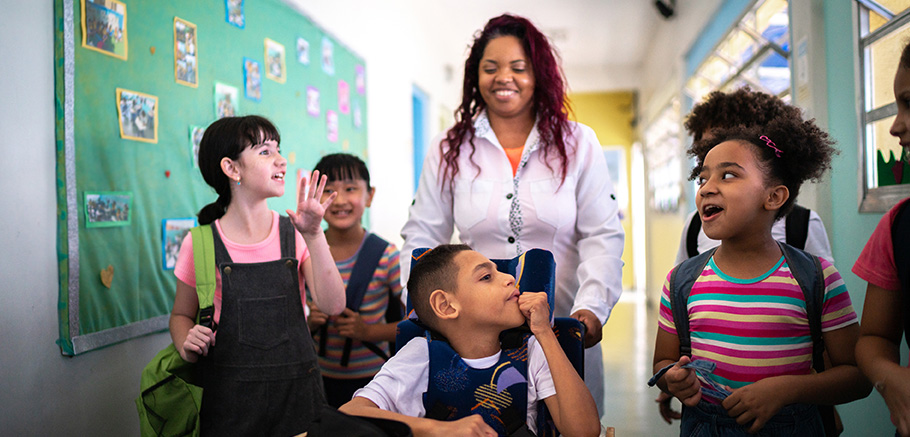
Related News
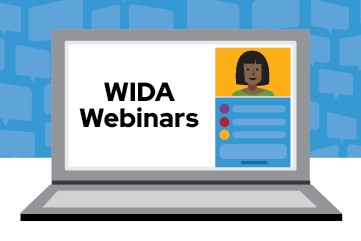
Free Webinar
Explore instructional planning and collaboration to support multilingual learners with disabilities through language development, accessibility, and inclusive practices.

